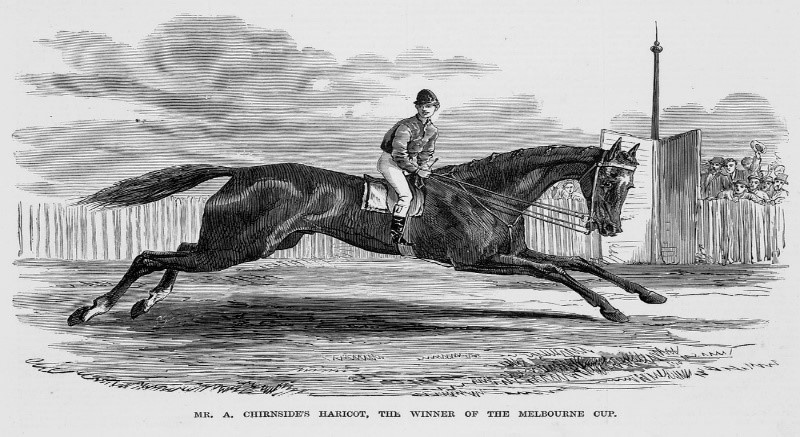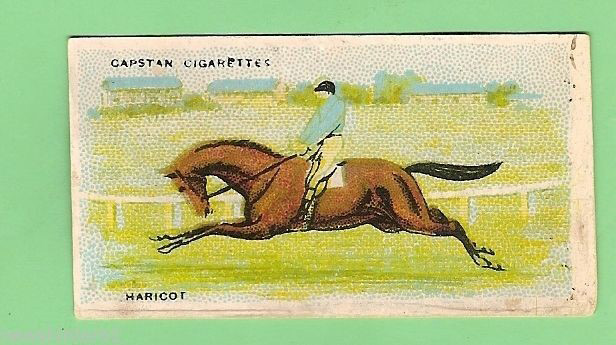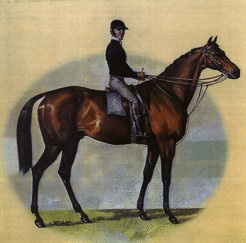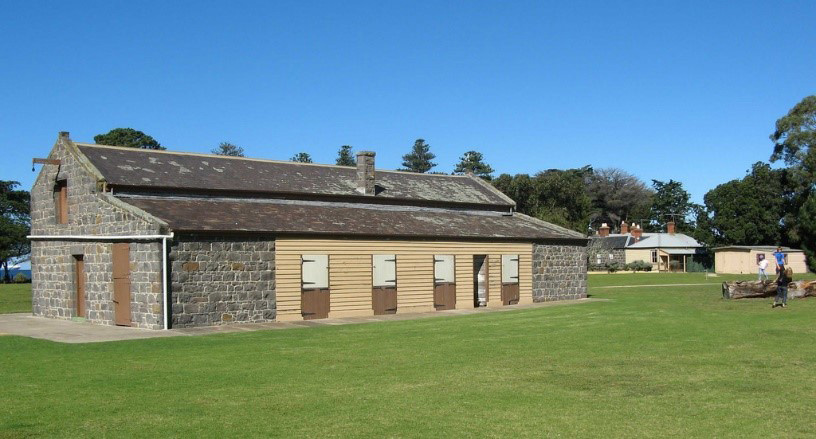Tom Parkinson's monthly column, introducing the diverse range of flora and fauna on show at Sanctuary Lakes.
Melbourne Cup and the very First Caulfield Cup won by the Point Cook Stables.
October sees the start of Melbourne's annual horse racing festival, the Spring Carnival. One hundred and forty two years ago, locals were excited by the fact that a horse born, breed and trained in Point Cook had been accepted to race in the Melbourne Cup. A decade previously Thomas Chirnside announced at the annual meeting of the Geelong Hunt, that he would turn his land in the Point Cook area into the Newmarket of Australia, Newmarket being the English Heath in Suffolk that was traditionally the centre of United Kingdom's thoroughbred horse racing, breeding and training. Already he and his brother Andrew had built stables, which still stand today, by the Point Cook Homestead and a one mile training track which lay around the southern end of Sanctuary Lakes Resort. The Chirnside Brothers were great sporting gentlemen and believed firmly that a man wasn't a man until he rode with the hounds, hence their importation of foxes, stags, hares, rabbits and the finest English thoroughbred horses. It was rumoured that the Brothers spent five thousand pounds in England purchasing thoroughbreds that formed the core of the Chirnside Stud.
By 1874 the stables were starting to produce winners and one of their early breeding successes, Haricot who after a couple of solid wins that winter, was selected to enter the Melbourne Cup.

Below is racing writer Costa Rolf’s view taken from sources of the day of this almost surrealist race.
"During the course of a big race, it is a familiar sight to see an unfancied outsider assume the early role of frontrunner. Faced with the bleak reality that their mounts aren't good enough to win, the riders of long shots make a bee-line to the front hoping their rivals spend so much time on the positioning of the more favoured runners that they might sneak away to an unassailable lead. Lucrative races the world over are often run with despised roughies haring along at speed while the other jockeys are content to bide their time and let the upstart have his moment in the sun, before comprehensibly putting their foot down, at the business end of the race. Sometimes, however the abilities of the runaway are spectacularly underestimated as was the case during the running of the 1874 Melbourne Cup.
Haricot lead at various stages of the Cup was estimated to be between 30 to 50 lengths such was the confidence of the jockeys that he would slow down and come back to the field. Unfortunately for them the four year old Haricot had other ideas, thoroughly enjoying his solitary stroll before coasting across the line, the easiest of four-length winners. Given the fact that Haricot had been handicapped at 6st 7lb or 35lb below weight for age, it seems strange that the gelding was allowed to build such a huge advantage that proved altogether insurmountable. While not considered a hopeless chance by any means, starting at 16/1 Haricot and jockey Paddy Pigott were largely able to lead untroubled because the other jockeys had been instructed to stay close to the 2/1 favourite Goldsborough. Haricot was not considered to be a strong staying type and it was largely thought that the testing 2 mile trip would be beyond his capabilities. However a bold all the way win in a lead up race in Ballarat suggested otherwise and so it was that Haricot took off at the one mile mark like a 'bullet through a cornfield' and as Brisbane's Courier described it 'never to be headed again'."
In a decidedly unflattering appraisal, Haricot was gelded as a young horse because he was considered so plain that the Chirnside Brothers did not want to breed in case he produced off-spring in his image. Many of the 65,000 at Flemington agreed with this frank assessment, an oversized head and an unsightly galloping movement causing many to overlook Haricot despite the fact that he had just been placed second in the Melbourne Stakes. The four year old just proved that the run was no fluke. His cheeky Melbourne Cup triumph was one of the more pertinent examples of what happens when an opportunist jockey catches the others napping.

A few months before Haricot's Cup triumph, another legend was born in the Chirnside brothers Point Cook stables. Shortly after this colt’s birth, its mother died leaving a weakling foal. He was about to be shot, when an old stable hand offered to personally rear it. The colt was named after the famous English racehorse Newminster whose mother had also died during birth.
 The legendry Newminster the first winner of the Caulfield Cup 1879In 1876, as a two-year-old colt, Newminster won the Maribyrnong Plate, the Sires' Produce Stakes and the Ascot Vale Stakes. He was already a strong favourite and heavily backed for the following years Derby and the Melbourne Cup.
The legendry Newminster the first winner of the Caulfield Cup 1879In 1876, as a two-year-old colt, Newminster won the Maribyrnong Plate, the Sires' Produce Stakes and the Ascot Vale Stakes. He was already a strong favourite and heavily backed for the following years Derby and the Melbourne Cup.
But shortly before the Derby, disaster struck. Newminster was found in his loosebox writhing in agony. Foul play was suspected. A few days earlier, one of the stable boys had been seen talking to a bookmaker and was sacked on the spot. The horse survived but it took almost fourteen months to regain his form. In 1878 he won the Geelong Cup and in 1879 the Colt made history as the first ever Group One winner of the the Caulfield Cup. Following his win, the Chirnside brothers Point Cook Stables immediately became a sporting gentlemen’s mecca, and people travelled long distances to see the place where the mighty Newminster nearly died. Today a street off Point Cook Road, Newminster Way is named after him.
As a postscript to this legend and a moral to us all who have the occasional flutter, a newspaper article published in 1903, claimed: "The perpetrator and instigator of the Newminster poisoning episode were well known, and it is significant that one, a stable employee, committed suicide, while the other, a bookmaker, died in a lunatic asylum".

The Chirnside Brothers continued thoroughbred racing for a further decade, but without the success of the early years. When Thomas died in 1888 the dreams of the Point Cook district being the Newmarket of Australia also passed away.